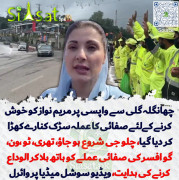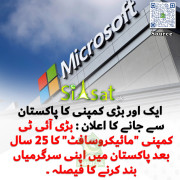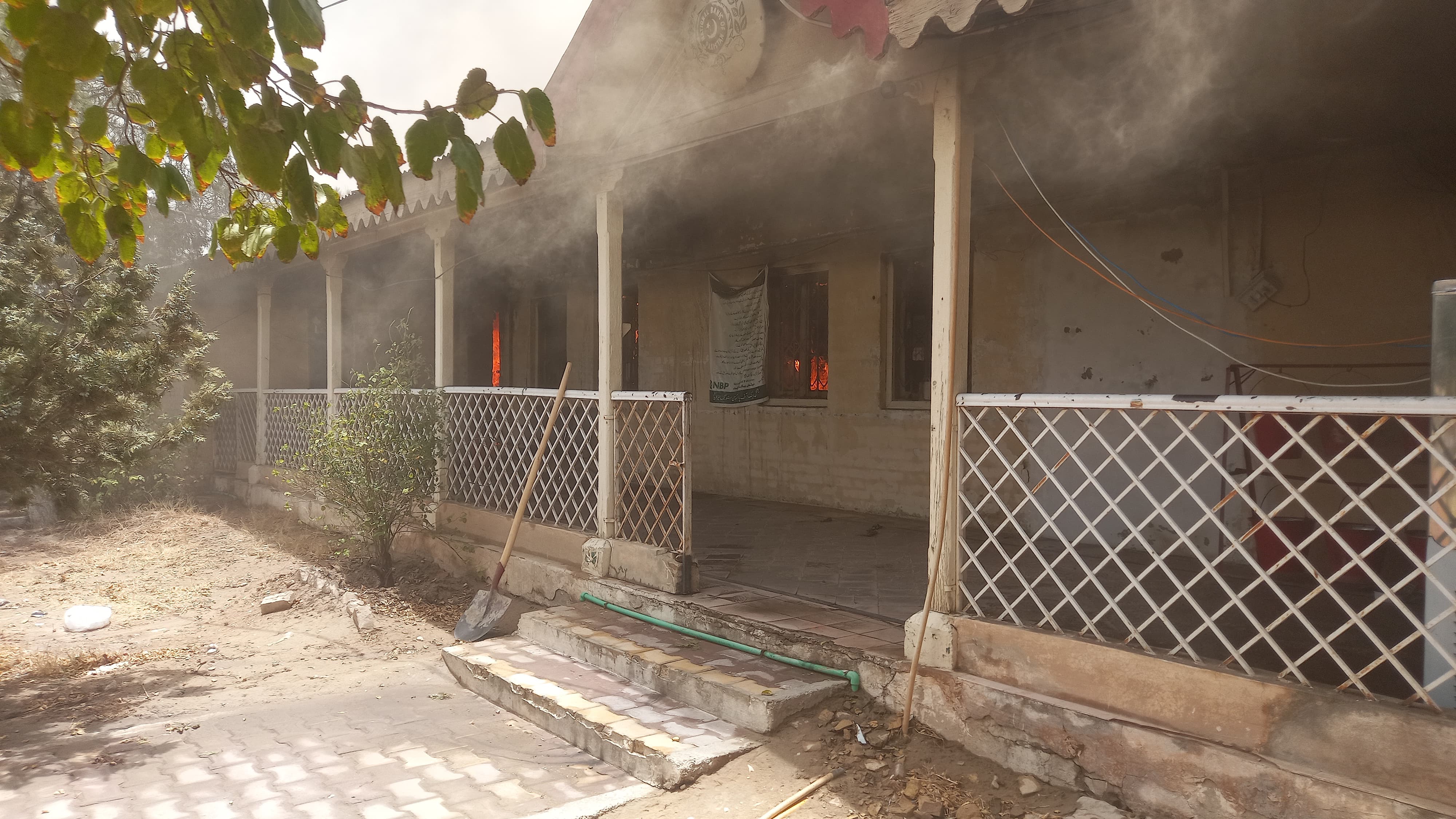fikr e iqbal
Banned
Mian Saab Ki Call
A FONE CALL BY CM PUNJAB MIAN SHAHBAZ SHARIF TO GENRAL PEAPLE
A FONE CALL BY CM PUNJAB MIAN SHAHBAZ SHARIF TO GENRAL PEAPLE
???? ???? ?? ????
"??????*??????! ??? ????? ????? ????? ???? ????? ???? ?? ?? ????? ????
?? ?? ??? ??? ???? ???? ??????? ????? ?????? ???? ??? ?? ?? ??? ??? ??? ?? ??????? ?? ????? ???? ??? ?? ??? ?? ?????? ???? ???? ??? ?? ????? ?? ???? ?????*??? ????? ???????
"??????*??????! ??? ????? ????? ????? ???? ????? ???? ?? ?? ????? ????
?? ?? ??? ??? ???? ???? ??????? ????? ?????? ???? ??? ?? ?? ??? ??? ??? ?? ??????? ?? ????? ???? ??? ?? ??? ?? ?????? ???? ???? ??? ?? ????? ?? ???? ?????*??? ????? ???????
The Punjab Citizen Feedback Monitoring Program (CFMP), aka The Punjab Model, is being hailed worldwide.
Last edited by a moderator:





























